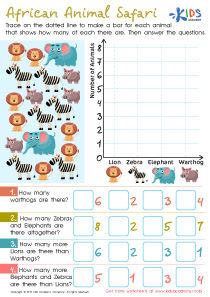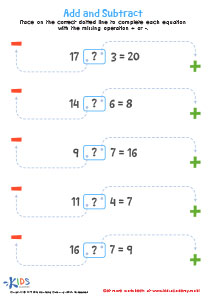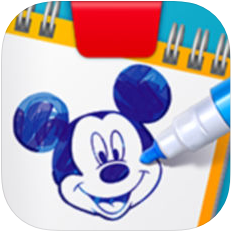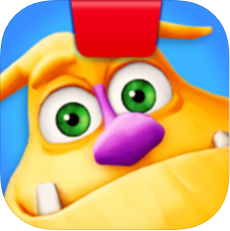Arts Lessons | Drawing and Counting for 4-Year-Olds
3 results
Unleash your child's creativity and numerical skills with our "Drawing and Counting for 4-Year-Olds" program! Designed specifically for young learners, this engaging course combines interactive worksheets, captivating educational videos, and fun assessment quizzes to master the art of drawing while effortlessly learning to count. Watch your 4-year-old embark on a journey filled with colorful illustrations and exciting counting adventures, all crafted to foster their developmental milestones. With each lesson, your child will not only improve their fine motor skills but also lay a strong foundation for mathematical concepts, making learning an enjoyable experience. Join us now and discover the joy of drawing and counting!
Engaging young minds in foundational skills early in their lives sets a solid groundwork for their educational journey. Among such essential skills, drawing and counting stand out significantly, especially for 4-year-olds. Our lessons on Drawing and Counting for 4-Year-Olds are meticulously designed to tap into the natural curiosity and creativity of preschoolers, ensuring that they not only learn but also enjoy the process.
Drawing, as an expressive form of art, enables children to communicate their thoughts and feelings before they can fully express themselves through writing. Through our interactive lessons on drawing, 4-year-olds learn to hold pencils, crayons, and brushes, improving their fine motor skills. It also enhances their hand-eye coordination, a critical aspect of their physical development. But beyond these physical benefits, drawing sparks creativity, encourages visualization, and instills a sense of accomplishment in young learners. Our lessons are filled with vibrant colors, easy-to-follow guides, and characters that children love, making learning an enjoyable adventure.
Counting, on the other hand, lays the foundation for mathematical understanding. Our counting lessons are not just about memorizing numbers; they are about understanding the concepts of quantity, sequence, and relationships between numbers. Through interactive worksheets, educational videos, and assessment quizzes, children learn to count in an engaging and supportive environment. The lessons are structured to build on what children already know, gradually introducing them to new concepts, ensuring that they are not overwhelmed but challenged just enough to stimulate learning.
The fusion of drawing and counting in our lessons is deliberate. It leverages the innate tendency of children to learn better when engaged in activities that captivate their interest. For instance, drawing shapes and then counting them combines the best of both worlds - art and mathematics. This multidisciplinary approach not only keeps the lessons interesting but also reinforces learning by applying concepts in various contexts.
Moreover, our educational videos play a significant role in reinforcing the concepts taught through worksheets. They provide visual and auditory stimuli, catering to different learning styles. The videos serve as a recap of what has been learned, but in a more dynamic and engaging format, making it easier for the children to retain the information.
The inclusion of assessment quizzes at the end of each lesson is crucial for tracking progress. These quizzes are designed to be fun and interactive, resembling games more than tests. They provide immediate feedback, helping children and their parents or educators understand areas of strength and those needing improvement. This feedback loop is vital for tailored learning experiences, ensuring that each child's unique needs and pace of learning are accommodated.
In conclusion, our lessons on Drawing and Counting for 4-Year-Olds are more than just educational content; they are a blend of fun, creativity, and foundational skill-building. They not only prepare children for their future academic endeavors but also instill in them a love for learning. By engaging in these lessons, children develop critical thinking, problem-solving skills, and a sense of independence, setting them on a path of lifelong learning and success.

















